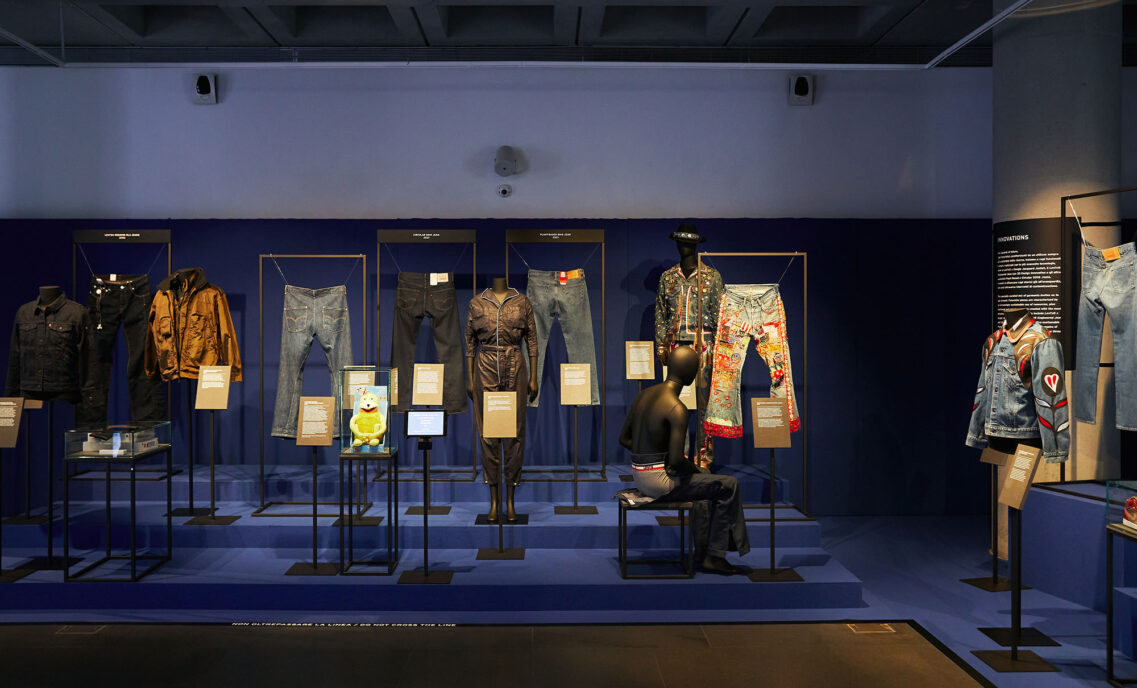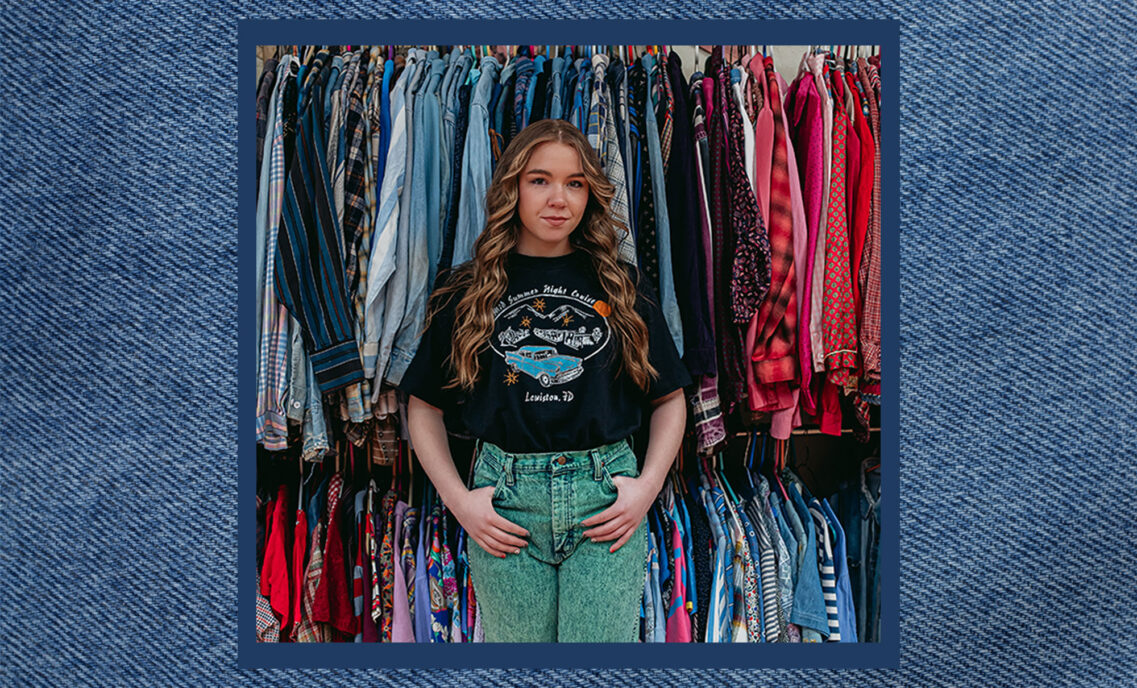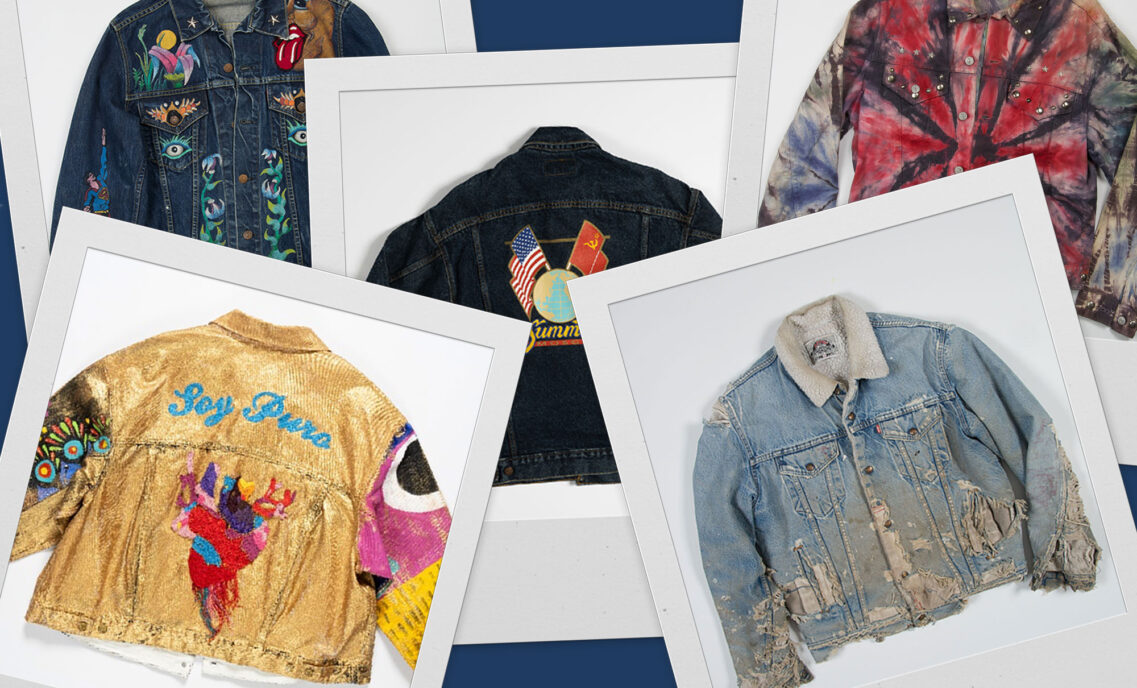Every year, the Levi Strauss & Co. Archives receives hundreds of questions from inquiring fans around the globe. Whether it’s a query about the age of a Levi’s® garment or a search for an elusive Levi’s® advertisement, curious fans want to know more. In this occasional series, I’ll address select fan questions.
Levi’s® Gets Outdoors
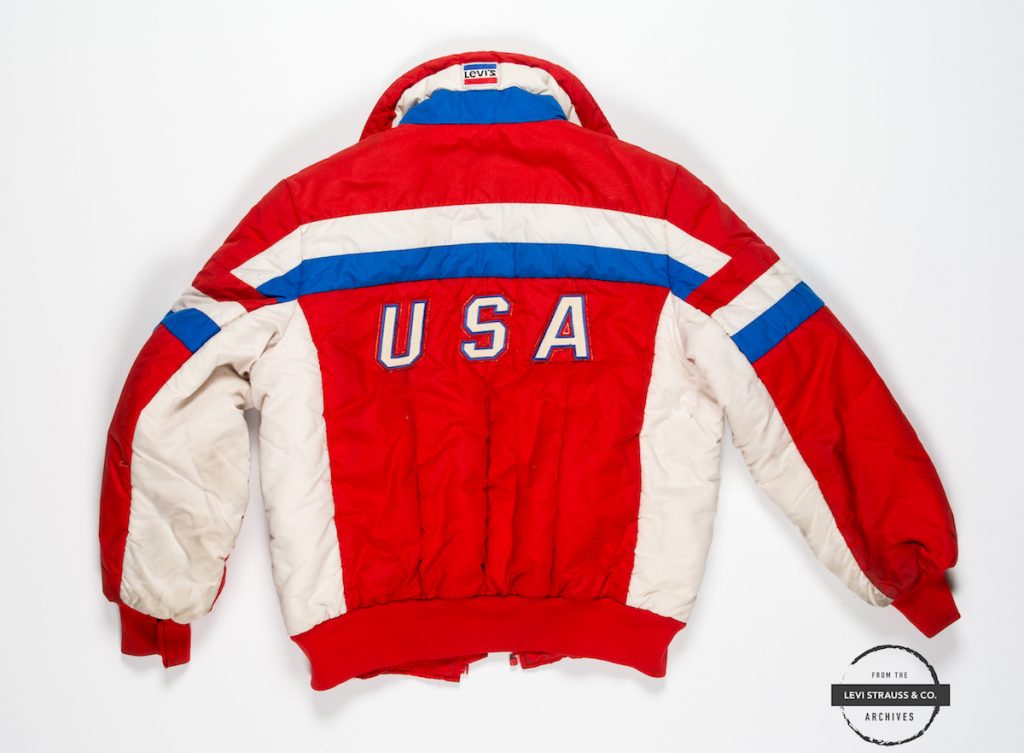
Q: A fan from the United Kingdom inquired, “I know Levi Strauss & Co. made ski gear for the 1984 Olympics. What other outdoor gear has the company made in the past?”
A: Levi Strauss & Co.’s famous waist overalls were originally intended as a protective outer clothing worn over other pants or long underwear. They were appropriate for rough outdoor labor in quarries, railroads or mines. But the company has also made a variety of other outdoor garments, from hiking togs and khaki driving coats in the 1920s to our wind and water repellent “Climate Sealed” jackets in the 1950s. More recently, LS&Co. collaborated with Filson in 2010 on outdoor gear that included a duck color coat with a suede collar and an envelope of oil finish wax.
A Levi’s® In-vest-igation
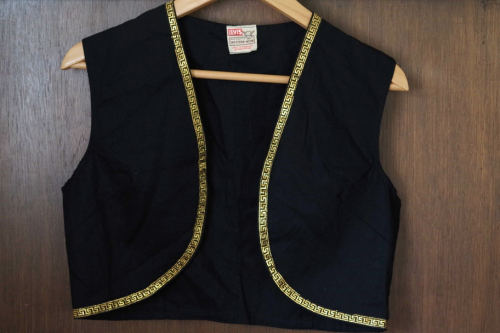
Q: I bought this vintage Levi’s® piece and the best part, in my opinion, would be the gold thread Greek key embellishments. Do you suppose 1940s?
A: This unexpected Levi’s® bolero vest is a cousin to a matching red vest in the LS&Co. Archives. It dates to the 1950s and comes with matching pants. The Western label is the giveaway clue that helps confirm the date. LS&Co. introduced this shorthorn woven label in the 1950s. The 1940s version of the shorthorn label does not include, “Levi Strauss of California.”
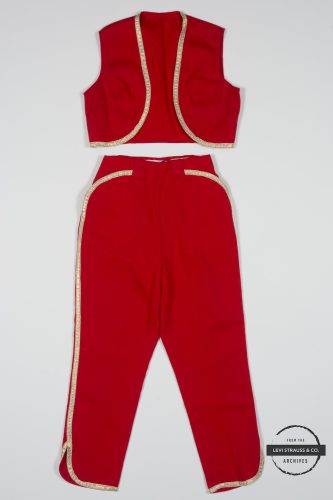
Greetings from Germany

Q: Dirk W. from Germany reached out asking for more information about this Levi’s® bag.
A: At first glance this bag might seem vintage, however, it is actually a product from our Levi’s® Vintage Clothing division, which reproduces some of our coolest vintage pieces from the Levi Strauss & Co. Archives. This reproduction dates back to the late 1990s or early 2000s.




